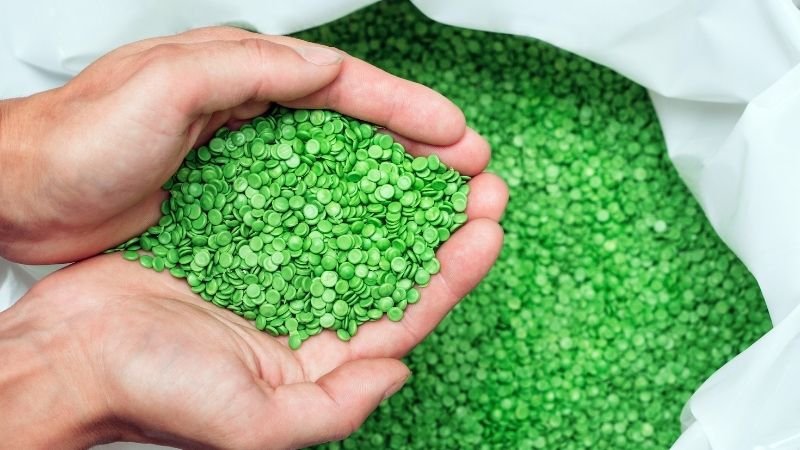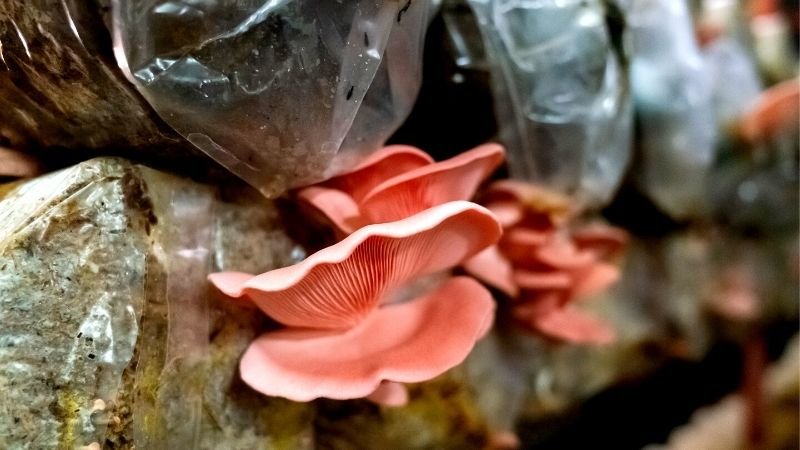Staeger currently uses recycled PET (recycled plastic) made from 60-70% post-consumer waste to produce clear plastic packaging. It serves the Food, Confectionery & Toiletry Industries with high-quality cartons & tubes.
Here are some positive attributes of using plastic:
- Throughout its life-cycle, a typical plastic will save seven times more greenhouse gas emissions (e.g. through material light-weighting or avoided food waste) than is emitted during its production.
- On average 15-20% of materials used in the construction of cars are plastics, saving around 5% in emissions compared to the use of alternative materials. Plastic packaging weighs just 10% of traditional packaging. This weight reduction significantly reduces transport emissions.
- If plastic packaging was not used to preserve food and drink, retailers would make at least 50% more truck journeys within the EU.
- Plastic also helps preserve food, minimising food waste. Without plastic packaging, the environmental impact of producing packaging, wastage of perishable products and transporting goods would increase.
However, despite the many positive attributes, plastic does have significant negatives that we’re aware of, namely:
- Greenhouse gas emissions, resulting from production and incineration after use.
- The degradation of the natural environment due to plastic pollution.
In response to these negatives, Staeger commissioned a report from the NNFCC (National Non-Food Crops Centre – biopolymer experts) to look at an array of biopolymers. This was to see if they would, firstly, be suitable alternatives for our use and, secondly, to establish whether using them would be better for the environment.
The report was part-funded by the European Union. It studied nine potential biobased and/or biodegradable plastics, of which four were identified as potential PET replacements for use in clear plastic packaging:. These were the candidates: Polylactic acid (PLA), Cellulose Acetate (CA), Biobased Polyethylene Terephthalate (PET) and Polyethylene Furanoate (PEF). A note of caution here, all four of these are at present significantly more expensive than the cost of recycled PET.
As biobased plastics often use crop feedstocks, environmental impacts such as acidification and eutrophication tend to be larger than those of petrochemical origins. Non-renewable energy use and GHG emissions, however, tend to be lower.
To ensure the environmental impact of these products is lower than traditional plastic, life cycle assessments (LCAs) were undertaken. These assess an array of environmental impacts including those associated with human health, environmental health and resource use.
Environmentally, Biobased PET (30%) and PLA were both found to be better than petroleum PET, though neither were as beneficial as recycled PET. They do however have widespread commercial production and availability.
Life cycle assessments were not available for CA or PEF (PEF is a new polymer yet to be commercialised but it is known to have improved physical properties and to be 100% biobased).
The environmental impacts are envisaged to be lower than for petroleum PET (but not for recycled PET) and an LCA will be produced prior to commercial release. CA, on the other hand, can be 50-100% biobased. Again, life cycle assessments are unavailable due to a lack of confidence in the results.
CA and PLA are both compostable: whereas PLA is only industrially compostable, CA can be composted both industrially and domestically. Though possible, the recycling of these polymers is currently not established. The properties of these polymers are poor compared with PET and both have difficulty folding for rigid packaging.
Biobased PET and PEF are effectively “drop-in” products for petroleum PET. Both can be recycled in current PET recycling facilities and processed in current production facilities. Their durability therefore also remains the same and if lost to the environment would contribute to the accumulation of plastic pollution!
In conclusion, continuing the use of recycled plastic (rPET) represents the best alternative to virgin petroleum PET vis a vis the four biopolymers studied, as dictated by life cycle assessments. This then, in theory, seems to be the best route to take. And provided that the leaching out into the environment is minimised via better education, a uniform countrywide Council collection service, clear labelling and much higher-quality UK/European wide recycling (rather than exporting to the Far East), it will continue to be the case.
That said, biopolymers that break down in the natural environment are still of interest to us and we will continue to explore them!
At Staeger we seek to find the best solutions for our customers and the environment. Having objective and transparent conversations about plastic is where it starts for us. Find more articles to read on our blog.


